Brushing Teeth
|
| Q: |
How should I brush my teeth?
|
| A: |
Most people try to scrub their teeth clean with their toothbrush in a back and forth motion, but doing that creates gum recession and enamel ruin. Instead use a soft brittle toothbrush, hold it softly at a 45 degree angle, brushing in a circular motion with down strokes on the top teeth and
up strokes on the lower teeth.
|
| Q: |
How long should I brush my teeth and how often?
|
| A: |
You should brush your teeth for at least 2-3 minutes, which is the duration of a song. You should brush your teeth twice a day, mornings and evenings, and if possible, a third time after lunch.
|
| Q: |
What can I do if I can’t brush my teeth after lunch?
|
| A: |
If you can’t brush your teeth after lunch, chew a sugar-free gum for 2-3. minutes. Bacteria often feed off of the sugar that linger from the food we eat, chewing a sugar-free gum will help in removing food debris by increasing saliva flow in the mouth. Saliva has a natural antibacterial property that serve as a buffer between the bacteria that cause gum disease and cavities.
|
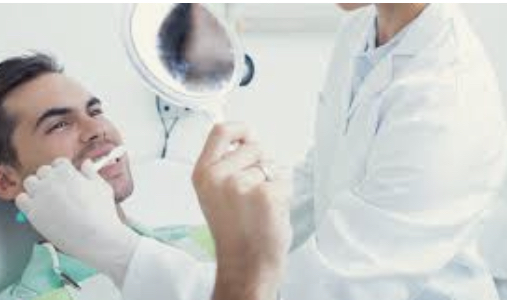
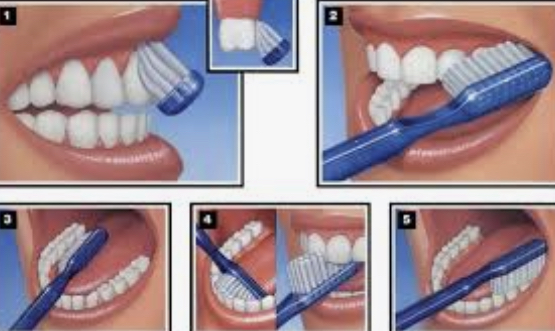
|
Flossing
|
| Q: |
When should I floss my teeth?
|
| A: |
You should floss right before bedtime and before brushing your teeth.
|
| Q: |
How should I floss my teeth?
|
| A: |
The proper way to floss is to wrap 18 inches long floss around your middle fingers, using your index and thumb fingers to move the floss gently in a U- shape between your teeth. Very important to use a clean section for each tooth to remove the plaque.
Mistake most patients make is using the same section of the floss for each tooth. This method is taking plaque from one tooth and putting it back in another tooth but not removing it.
|
| Q: |
Why should I floss my teeth?
|
| A: |
Flossing helps remove plaque in between the teeth where your brush is unable to reach.
|
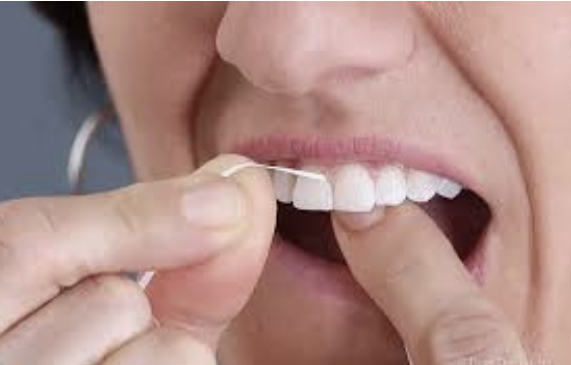
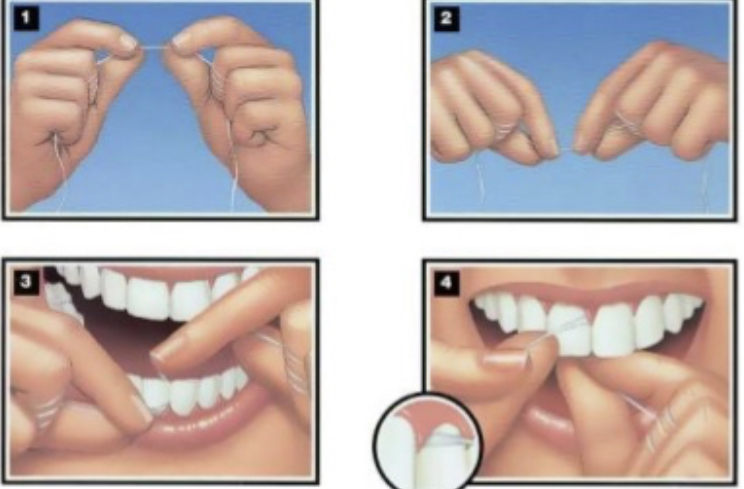
|
Invisalign
|
| Q: |
What is Invisalign?
|
| A: |
Invisalign is the process of wearing a series of clear, removable aligners that gradually straighten your teeth.
|
| Q: |
How will Invisalign straighten my teeth?
|
| A: |
We will create a unique, digital treatment plan that maps out the exact movements of your teeth. Your Invisalign clear aligners are then designed to apply the right amount of force to the right place at the right time based on your plan.
|
| Q: |
What are the primary benefits of Invisalign?
|
| A: |
| 1. | They are clear and virtually invisible. People may not even notice you are wearing them. |
| 2. | You can remove them to eat, to drink, to floss, to brush your teeth or for special occasions. |
| 3. | There are no metal brackets or wires that could irritate your mouth or break, sending you to your doctor for an emergency visit. |
|
| Q: |
How long would the Invisalign treatment take?
|
| A: |
Depending on the complexity of your case, you could complete your treatment in as little as 3-6 months.
|
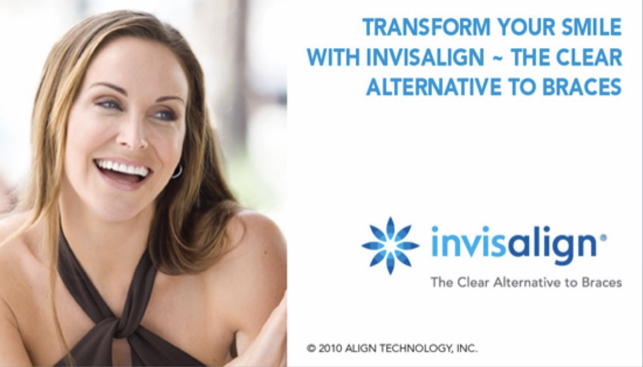
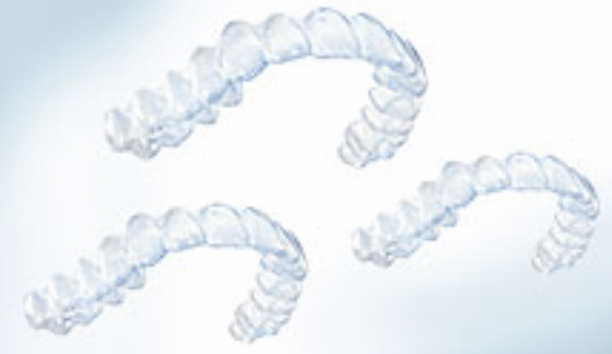
|
Grinding
|
| Q: |
How do I know if I am grinding or clenching my teeth?
|
| A: |
You might experience headaches, jaw pain, tooth pain,wake up tired or with a stiff jaw, sensitive to cold drinks or dental problems as tooth cracked, wear out enamel and gum recession. Some people don't have any symptoms but we, dentists, see the signs of grinding on their teeth.
|
| Q: |
What causes grinding or clenching of teeth?
|
| A: |
It is a combination of physical, psychological and genetic factors. It is a coping strategy to relieve the stress, anxiety, frustration or tension encountered during the day.
|
| Q: |
When do grinding or clenching occur?
|
| A: |
Most people do it while sleeping but some do it during the day. Most people are not even aware they are doing it.
|
| Q: |
Can teeth grinding or clenching be cured?
|
| A: |
While there is no cure to completely stop teeth grinding, dental treatment, wearing a night guard, can reduce its frequency, decrease its impact on the teeth and Temporomandibular Joint (TMJ) and relieve symptoms.
|
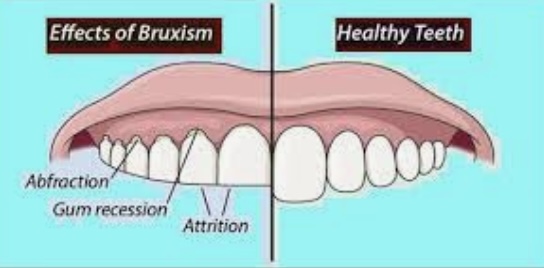
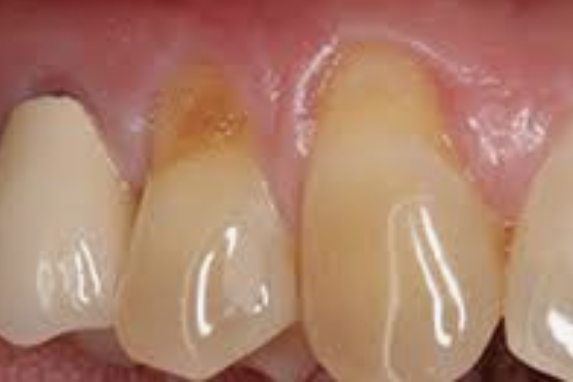
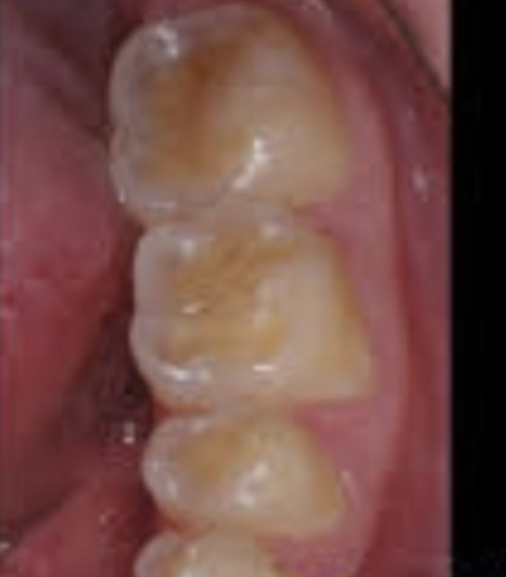
|
Whitening
|
| Q: |
What causes tooth discoloration?
|
| A: |
Many factors affect tooth color. Genetic is one factor; some people just have whiter teeth than others. Other factors include cigarette usage, dark foods and beverages (including coffee, soda, tea and red wine), age, medications (such as tetracycline), and tooth trauma.
|
| Q: |
How does teeth whitening work?
|
| A: |
Whitening gels contain an active whitening ingredient-either carbamide peroxide or hydrogen peroxide. Active oxygen molecules from the whitening agent are able to pass through the enamel of the teeth, where they react with and neutralize the discolored molecules that cause tooth discoloration. The active oxygen molecules spread, whitening the entire tooth. As a result, you have a brighter, whiter smile.
|
| Q: |
Who can Whiten?
|
| A: |
Almost anyone can successfully whiten their teeth. We also see patients of all ages whiten-from teenagers to 90 years old.
|
| Q: |
How do I know I am a candidate?
|
| A: |
You need to see a dentist and the dentist will let you know if you are a candidate. Before whitening we need to make sure your teeth are clean and you do't have any cavities or gum recession.
|

|










